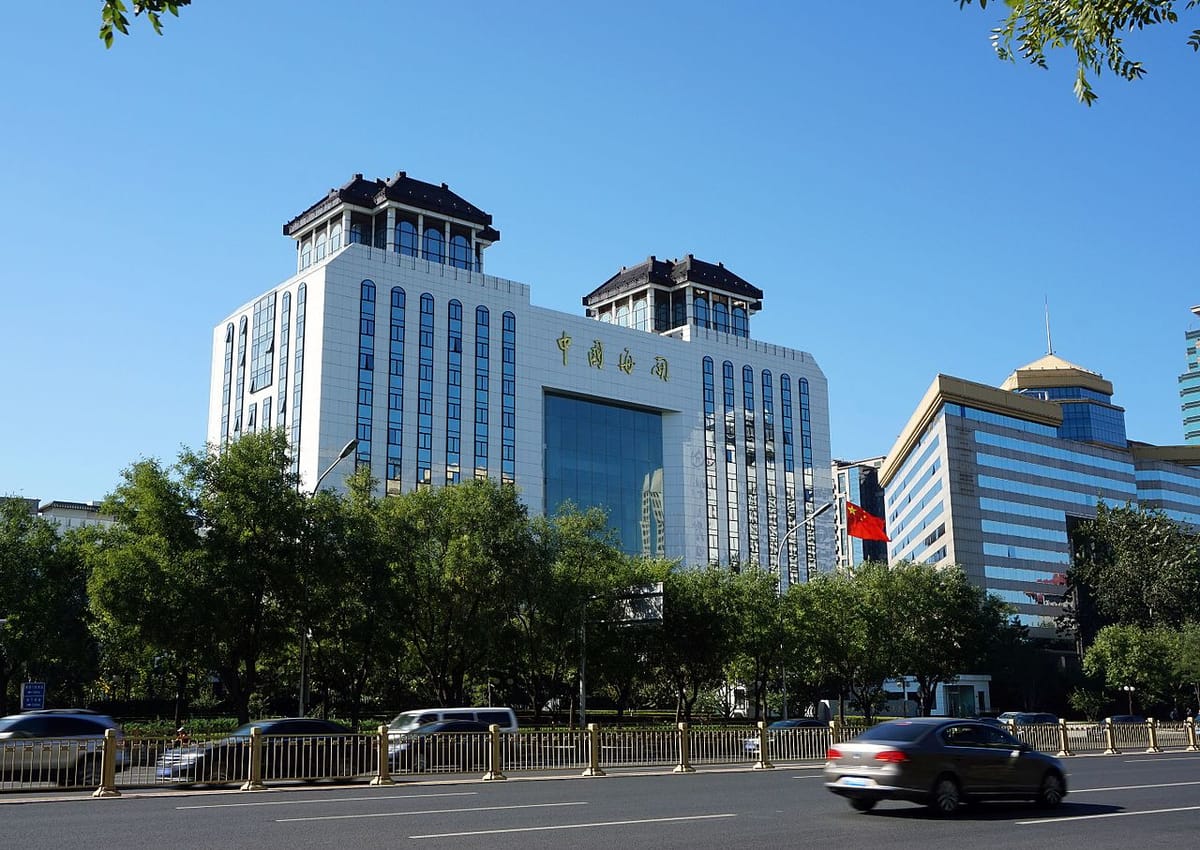
China deepens CEE links on agro, rail, as bilateral trade climbs 6.3%
China's trade with Central and Eastern Europe (CEE) reached USD 142.3bn in 2024, marking a 6.3% year-on-year increase, surpassing China's overall foreign trade growth rate by 2.5 percentage points, according to China's General Administration of Customs.
The total marked a 4.8% annual increase, led by rising Chinese imports of food products from Serbia, Bulgaria and Romania. Wine, dairy, grain and meat shipments grew sharply, officials said, with Serbia recording a 43% export increase to China last year. Bulgarian dairy exports rose by more than 30%.
Infrastructure cooperation has also intensified. The China-funded Hungary-Serbia rail corridor remains a flagship transport project, according to China. Once completed, the modernised route is expected to cut freight transit times between Greece’s Piraeus port and CEE, enhancing logistics flows.
China’s broader aim to enhance overland trade corridors
Serbia has attracted additional Chinese investment in logistics and energy, while Romania is upgrading freight terminals to handle east-west flows, and Poland serves as the region’s primary rail gateway to Germany and the Netherlands. These projects form part of China’s broader aim to enhance overland trade corridors into the EU.
At the fourth China-CEEC Expo held in Ningbo, Zhejiang Province, Chinese State Councilor Shen Yiqin emphasized China's commitment to enhancing mutually beneficial cooperation with CEE countries. She highlighted plans to increase imports from CEE, expand bilateral trade, and achieve more cooperation outcomes in fields such as the high-quality joint construction of the Belt and Road Initiative.
"We are also willing to deepen cooperation in emerging fields like artificial intelligence, empowering economic and trade cooperation through green and digital transformation," Yiqin added.
AI, robotics and aviation
The expo featured nearly 100 technologies and products from China and CEE, covering areas such as AI, robotics and aviation. CEE countries showcased innovations in aviation and biomedicine, including a light aircraft from Austria, maritime safety sensors from Serbia and medical equipment from Slovakia.
Several bilateral memoranda were signed at the event, with Chinese firms pledging to expand imports of CEE dairy and grain products. At the same time, CEE countries showcased niche offerings including organic wines and biotech components aimed at China’s consumer and health-tech markets.
BYD headquarters in Budapest
Chinese investments in the region have been substantial. BYD, a Chinese electric vehicle manufacturer, last week announced the establishment of its European headquarters in the Hungarian capital of Budapest. The facility will serve as a hub for sales, after-sales services, testing and the development of localised vehicle models, and is expected to create over 1,000 jobs.
BYD also plans to collaborate with at least three Hungarian universities on joint scientific projects and partner with local suppliers and businesses to support the upgrading of the new energy vehicle industry chain.
Trade growth has been strongest in countries open to Chinese capital inflows, such as Hungary and Serbia, according to analysts. Not all countries are equally engaged. Lithuania and Czechia have scaled back economic cooperation with China. Slovakia and Estonia have expressed concern over strategic exposure and called for stronger alignment with EU investment screening rules.
The European Commission (EC) has criticised parts of the China-CEE cooperation format, citing opacity in procurement, growing trade deficits and unequal access for European firms. The EC has encouraged member states to coordinate foreign investment oversight and apply EU-wide standards in critical sectors.
Chinese officials reject the criticism and continue to promote commercial ties through the China-CEEC (Central and Eastern Europe Countries) Business Council. A new cross-border e-commerce pilot is being developed to improve market access for smaller firms in the region.
Analysts say trade growth has been strongest in countries open to Chinese capital inflows, such as Hungary and Serbia. Others have limited cooperation to sector-specific exports or bilateral freight agreements. Capacity constraints, public scepticism and EU legal requirements continue to shape national strategies.
Trade volumes are rising, but strategic trust remains limited. Chinese officials reject the criticism and continue to push ties with CEE via the China-CEEC Business Council. A new cross-border e-commerce pilot is also being developed to improve market access for smaller firms in the region.
China’s strategic objectives in the region combine market diversification with soft power, according to regional analysts. Infrastructure cooperation and agricultural imports are seen as relatively low-risk avenues for deepening ties while avoiding more contentious sectors.
China’s engagement with Central and Eastern Europe began formally in 2012 under the "16+1" framework, aimed at enhancing trade, investment, and connectivity. The format was rebranded “14+1” after the withdrawal of Lithuania and Estonia.
